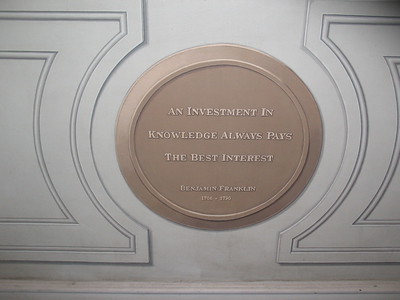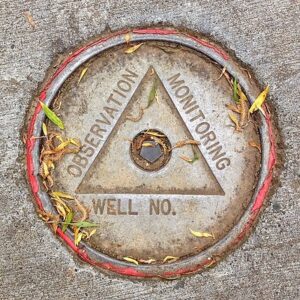A new report on educational credentials earned from California colleges and universities shows that more than 90% of students who earned an associate degree recover the cost of their education within five years of graduation. The news for students who earned certificates was not as good.
Sixty-six percent of certificate earners were able to recover their costs within five years. For twenty-three percent of certificate earners, there was absolutely no ROI more than 10 years after completion. According to the report, people in this category typically earned less than people who had never taken college classes.
Among students who earned an associate degree, the programs with the shortest ROI were nursing, business administration/management, diagnostic and treatment focused allied health programs, liberal arts transfer programs, and allied health programs focused on medical assisting and services. For students who earned a certificate, only those in vehicle maintenance and repairs, and practical/vocational nursing or nursing assistance, saw any significant return on investment. Students who sought certificates in cosmetology, dental support services and allied health and medical assisting services were most likely to see no ROI for their efforts.
The report highlights the increased likelihood that students will benefit from degree programs over five years, as well as the increased risk that students who seek a certificate will see minimal or no ROI on their educational investment ten years after completion. It’s important to remember that students can complete most certificate programs within 18 months, and that they typically cost less than a degree. The fact that nearly one-quarter of these programs show no ROI 10 years after completion means that students cannot recover even a low-investment in these programs.
Certificates pose an unacceptable economic risk
Among credentials issued by public institutions, 66% were bachelor’s degrees, 28% were associate degrees and 6% were certificates. At private, non-profit institutions, 93% of credentials were bachelor’s degrees, 3% were associate degrees, and 4% were certificates. At for-profit institutions, 18% of credentials were bachelor’s degrees, 22% were associate degrees, and 60% were certificates. The heavy reliance on non-degree certificates by for-profit institutions contributes to the low economic value of their programs.
California’s public institutions issue so few certificates because of their low economic potential. WCC offers twice as many certificate programs as degree programs, and it issues twice as many certificates as degrees. In other words, WCC’s certificate portfolio is even larger than the average certificate portfolio of California’s for-profit institutions.
The Biden Administration’s Gainful Employment rules will soon measure the economic value of WCC’s certificates. Unlike the California report, the Gainful Employment rules don’t provide a 10 year runway to establish their monetary worth. Programs have just two years to prove that they’re worth more than a high school diploma.
All certificate programs will have to demonstrate that more than half of their completers will earn more than a person with a high school diploma within two years of completion. Additionally, programs will be asked to demonstrate that their completers pay no more than 8% of their gross income or 20% of their discretionary income on student loan repayment. Failing either test two out of every three years will mean the loss of federal financial aid for those programs.
The Gainful Employment rules were designed to take out for-profit institutions that rely heavily on certificate programs to make a buck; however, they can just as easily take out public community colleges that rely heavily on certificate programs, too.
Photo Credit: Sara D, via Flickr

























